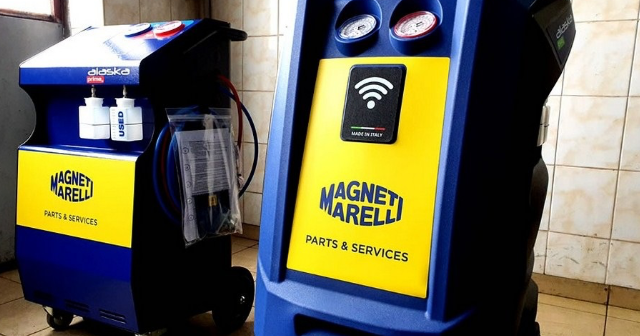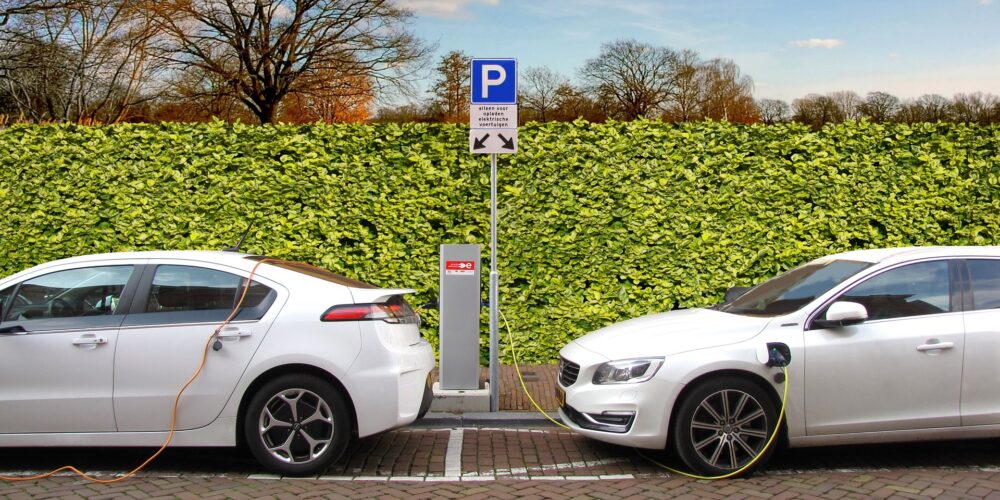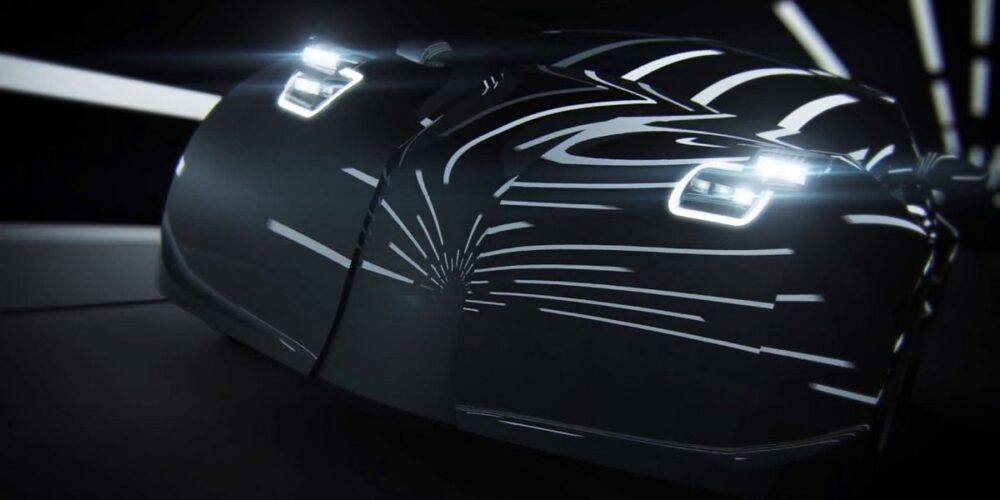LED retrofits – waiting for homologation
Lighting manufacturers do not stop in the technological development of LED retrofits and constantly introduce new products to the market, tailored to changing requirements. Unfortunately, to this day European regulations do not allow their application outside the vehicle. When can we expect the legalization of this product group?

LED technology has many more advantages and possibilities compared to traditional incandescent lighting. The basic parameters in which LED sources have the advantage are significantly longer lifetime and higher energy efficiency. It is also important to be able to obtain any colour temperature, including high, giving a characteristic cool white light, which increases contrast and makes it easier to notice obstacles or road signs and give cars a modern look. This is why products of this type are increasingly popular with drivers.
The design of a LED retrofit is significantly different from a halogen lamp. Light is emitted by diodes, which are placed on a special plate. Due to the fact that high temperatures are reached during operation, it is necessary to dissipate heat by means of heat sinks. LEDs that are not properly cooled lose up to 80% of their efficiency and their durability can drop to a level below a traditional lamps. The heat sinks are designed in such a way that in addition to guaranteeing the highest efficiency of LEDs they also provide an attractive and modern look of the lamp. In the production of retrofits, experts select optimal types of components based on working conditions, such as humidity, temperature cycles, potential presence of corrosive gases.
Since the design of the LED source is different from that of halogen lamps, it is not possible to approve these products based on current regulations. The development of new regulations, matching the capabilities of LEDs to the individual optical systems of headlights available on the market, is a very difficult and lengthy process. Especially when a very high level of quality, which is currently provided by halogen sources, is to be maintained. Various entities are involved in the revision, including lighting manufacturers – both light sources and complete lighting solutions (e.g. headlights) manufacturers. These are usually not only technical but also social consultations. OSRAM is a member of the UN Working Party on Lighting and Light-Signalling (GRE) and works closely with governmental and non-governmental organizations. In cooperation with the German ADAC and the certification body TÜV, OSRAM has implemented a programme to disseminate objective information on the advantages of LED replacement over traditional sources.
The lack of standards means that we can find products on the lighting market that have been designed with care for the highest quality and proper cooperation with the optical system, and those where the only element matching the headlamp is the cap. This is extremely dangerous because an incorrect lamp design carries the risk of very high luminance (i.e. the brightness of the glowing surface), which in combination with the headlamp can cause dazzling other drivers. It should also be borne in mind that today’s LED lamps are larger than halogen bulbs. That’s why not all retrofits do not fit into individual headlamps. In order to differentiate between low and acceptable quality products, it is very important to introduce the ECE regulation. Once such regulations are in place, appropriate supervision will be required to easily select products that meet all requirements.









